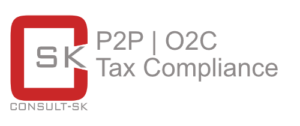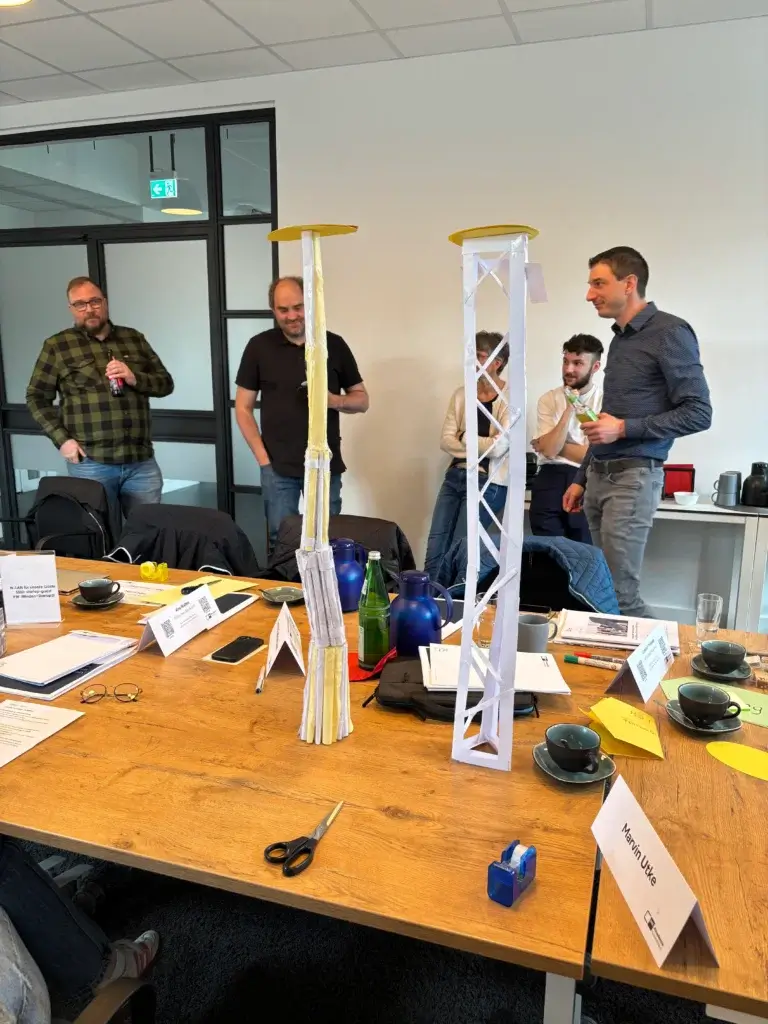From January 2025, mandatory e-invoicing will come into force in Germany. Companies will be faced with the task of completely overhauling their processes for creating, sending, receiving and processing electronic invoices. While many organizations have taken the first steps, a Current survey by DSAG (German-speaking SAP user group)that a significant proportion still relies on interim solutions such as e-mail - a method that fulfills legal requirements but offers no long-term efficiency gains.
Email as a temporary solution: practicable in the short term, inefficient in the long term
The DSAG survey shows that 24 percent of companies use email to send electronic invoices - currently the most popular transmission method. However, this approach is seen as a transitional technology. Experts such as Stephan Hüttmann, DSAG Board Member for Financials, are calling for a rapid replacement with more modern methods such as Peppol or central platforms as part of the ViDA implementation (VAT in the Digital Age). One reason: the parallel use of multiple transmission channels can cause high costs and reduce efficiency.
The advance of XRechnung: a standard is gaining ground
XInvoice is increasingly becoming the de facto standard in Germany, especially in the B2G (Business-to-Government) sector. This format is already mandatory for public sector clients. Companies working with the public sector or in the EU should therefore urgently ensure that they can both receive and process XRechnung invoices. A modern IT solution is essential here, as the exchange of structured data without automation causes considerable manual effort.
What does the e-invoicing obligation mean in concrete terms?
The legal requirements demand that companies are able to create and receive electronic invoices in accordance with the European standard EN16931. However, this standard does not specify a concrete transmission channel or a specific format such as ZUGFeRD or XRechnung ahead. Companies must therefore rely on flexible and future-proof solutions that can support various standards.
IT status of companies: Room for improvement
According to the DSAG survey, 36 percent of companies have already introduced an IT solution to implement the e-invoicing obligation, while a quarter have not yet implemented a solution. Many are still in the test or implementation phase. The need for action is therefore great - especially in view of the short lead time remaining until 2025.
Why act now?
The introduction of an integrated solution for incoming and outgoing invoices is not only a question of compliance, but also of increasing efficiency. With the right software, e-invoices such as ZUGFeRD and XRechnung automatically, validate them and assign them to the correct business transactions. The advantages:
- Legal certainty and standard complianceThey not only meet current legal requirements, but are also equipped for future standards such as Peppol or central reporting points.
- Efficiency gainsAutomated processes significantly reduce manual effort and minimize sources of error.
- Cost reductionA single integrated solution is more cost-effective in the long term than operating several systems in parallel or interim solutions such as e-mail.
- Competitive advantageCompanies that focus on digitalization at an early stage are better positioned to hold their own against the competition.
Holistic solutions are the key
The e-invoicing obligation is a wake-up call for companies to modernize their invoicing processes. Those who integrate both outgoing and incoming electronic invoices in a holistic solution will benefit from efficiency, legal certainty and future viability. Transitional technologies such as e-mail dispatch may be practicable in the short term, but cannot keep up with the requirements in the long term.
The Consult-SK Ltd. supports you in the selection and implementation of a suitable solution so that you not only meet the legal requirements, but also optimize your internal processes in the long term. Contact us to make your invoice processing future-proof!






